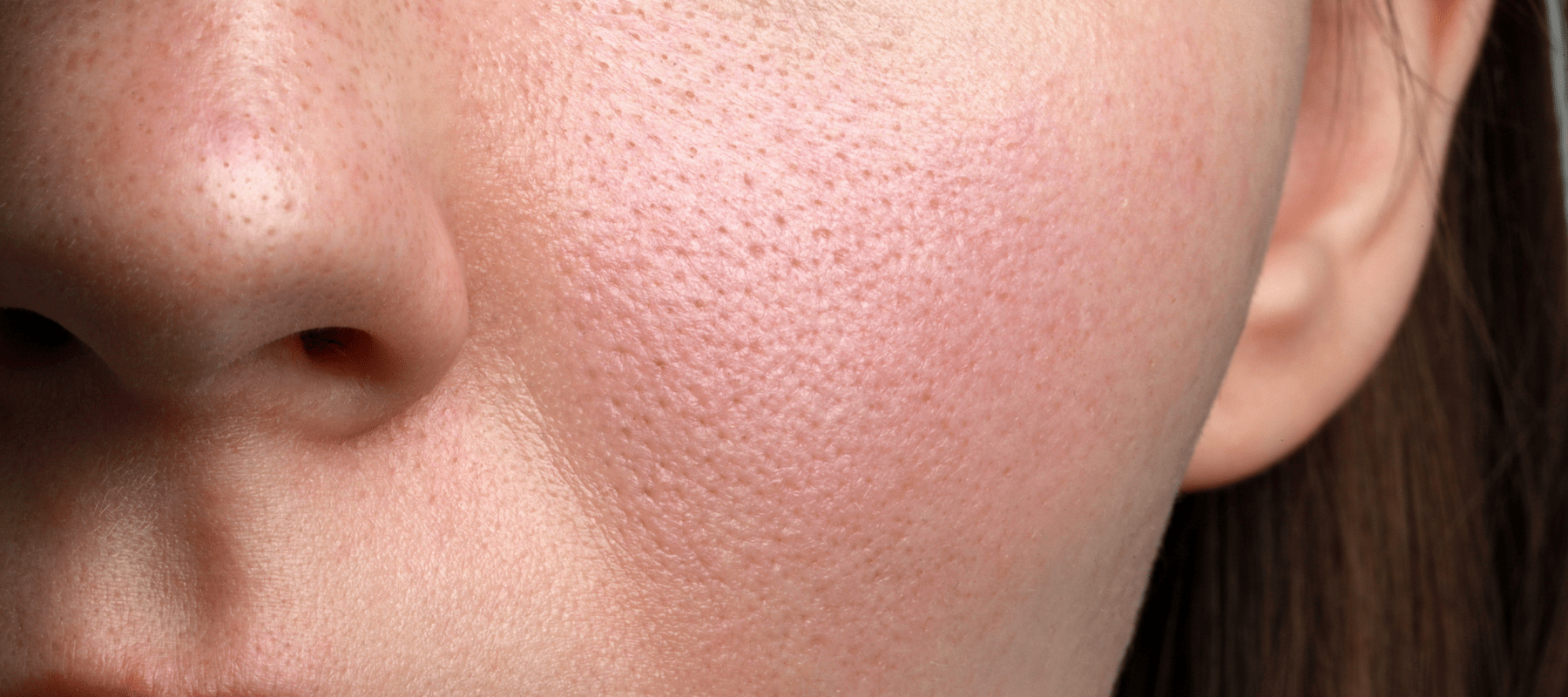
Textured Skin: Causes, Types, and Solutions
Introduction
Although everyone has heard of uneven skin tone, are you familiar with uneven skin texture? Strangely, uneven skin tone and textured skin are equally common, yet neither topic is adequately discussed.
Your skin will feel lumpy and harsh and appear dull if the surface is textured. There are solutions to deal with textured skin, but most individuals consider it their natural skin. Let's briefly examine the problem of textured skin to determine its true root causes and what can be done to treat it.
What is Textured Skin?
"Textured skin" refers to skin that looks elevated or uneven in some spots. You’re likelier to develop an uneven skin texture on your face than any other body part, as it feels chapped and rough on the touch. It frequently follows from clogged pores, acne, or acne scarring.
Achieving fully flat, smooth skin would eliminate pores, essential to maintaining healthy skin. But there are ways to avoid and lessen the effects of textured skin. These include DIY remedies such as applying an exfoliating clay mask, retinol serum, and alpha hydroxy acid (AHA)-containing products.
What Are The Causes of Textured Skin?
Understanding what causes uneven texture on the face can be useful before we go into the best pore-smoothing treatments & tricks. Numerous factors might contribute to uneven skin texture, including:
- Dead skin cell accumulation can cause the skin to feel rough and look lifeless.
- Sun damage might impair your skin cells' capacity to support smooth skin. Ageing may cause a loss of hydration and skin smoothness.
- Dryness can lead to an overabundance of dead skin cells (see above) and touchably rough skin.
What is good news? We're here to reveal the shortcuts to smooth skin! You may achieve smoother, younger-looking skin with a handful of our favorite Super Clarifying serum product line.
What Are The Different Types Of Textured Skin?
Here is a table representing the various types of textured skin out there:
|
Keratosis Pilaris |
These small, rough lumps usually appear on the cheeks and upper arms. |
|
Acanthosis Nigricans |
This type of textured skin comes with black, velvety patches, found typically in the skin folds of the neck, armpits, etc. |
|
Eczema & Psoriasis |
While Psoriasis causes red, scaly skin patches, Eczema causes itchy, irritated, and red skin. |
|
Rosacea |
This textured skin condition causes facial pimples, redness, and flushing. |
|
Keloid |
These are elevated, scar-like growths that can develop following an operation or injury. |
So, remember that there are numerous further varieties, and each person's reason for textured skin is unique.
Rough And Uneven Skin Texture
A frustrating and unpleasant symptom can be rough and uneven skin texture. Your skin may appear dry, rough, and dull due to it. Genetics, hormones, food, and environmental factors are a few things that might cause rough and uneven skin texture. Read the sections below to discover how to enhance your skin texture if you're worried about it.
Skincare Solutions for Improving Textured Skin
A clay mask, serum, and moisturizer can enhance textured skin in several ways.
- Clay masks can help absorb extra oil and debris from the skin to lessen the appearance of lumps and unevenness.
- BHAs and AHAs, capable of smoothening the facial skin’s texture, are two substances in serums.
- Skin can look plumper and smoother by maintaining its moisture levels with moisturizers.
It's crucial to pick skincare items made especially for textured skin. Clay masks should not clog pores and must be non-comedogenic. But what about those with sensitive skin? Let’s say that serum must only contain small amounts of AHAs or BHAs if you have sensitive skin.
We strongly recommend oil-free and non-comedogenic moisturizers. To observe effects, it's also crucial to utilize these products frequently. When following a skincare program, being persistent and patient is crucial if you have textured skin. You may enhance your skin's appearance and obtain a more even, smooth complexion with patience and care.
Also Read: Complete Guide On How To Improve Skin Texture On The Face
Role of Hydration in Improving Skin Texture
Skin texture can be improved by staying hydrated. A well-hydrated skin can easily and effortlessly reduce the occurrence of wrinkles and fine lines on the face.
Hydration plays a key role in influencing the appearance of textured skin. Also, turning your textured skin into something smoother and softer is no hassle if you drink enough water every day.
That's why people with moisturized skin look more young, charming, and appealing. Hydration involves adding water to the skin instead of moisturizing, which aids in moisture retention.
Meanwhile, dehydrated skin might be dry or greasy.
Also Read: What Is Skin Hydration & How to Hydrate Skin
Conclusion
Undoubtedly, having smooth skin might be the stuff of dreams. But with a little knowledge and persistence, you can get closer to realizing your aspirations of having flawless skin.
In conclusion, The Pink Foundry’s excellent Super Clarifying Serum made of 12% Niacinamide (Puregrade) is working for you! As you learn more about textured skin, get pumped up to begin your Pore Refinement journey with your pore-obsessed friends (that would be us).
FAQs
-
Is it okay to have textured skin on your face?
Yes! Everyone has some degree of skin texture, which is extremely common. Furthermore, uneven skin texture is common among people with inflammatory skin disorders.
-
What are the main causes of textured skin?
Our skin loses suppleness as we age, and collagen production decreases, which can result in textured skin. Smoking, the sun, and a few medical disorders can also result in textured skin.
-
Which serum is best for textured skin?
When it comes to serum for textured skin treatment, there’s nothing better than our Explore the benefits of our world-class serum line to start uncovering their potential anytime soon.
























































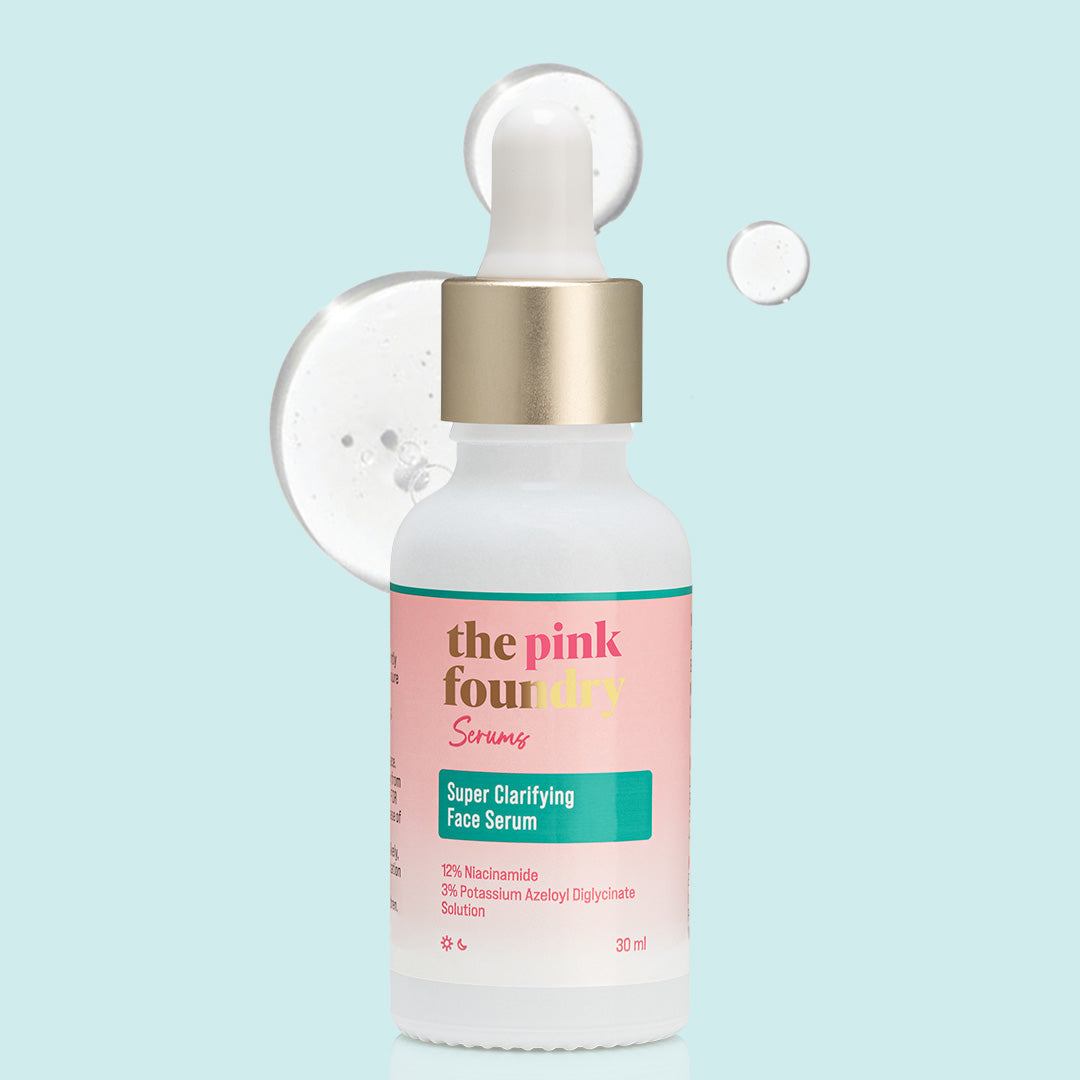
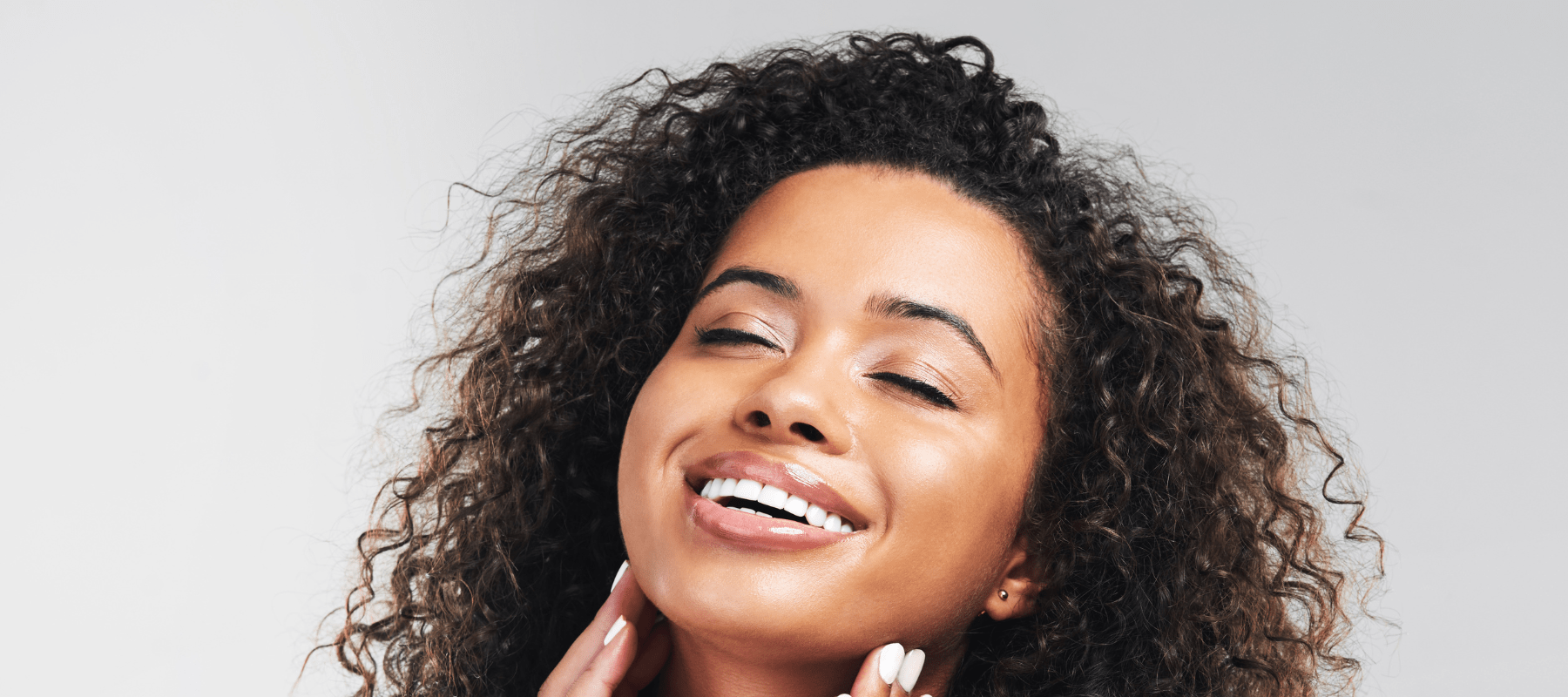
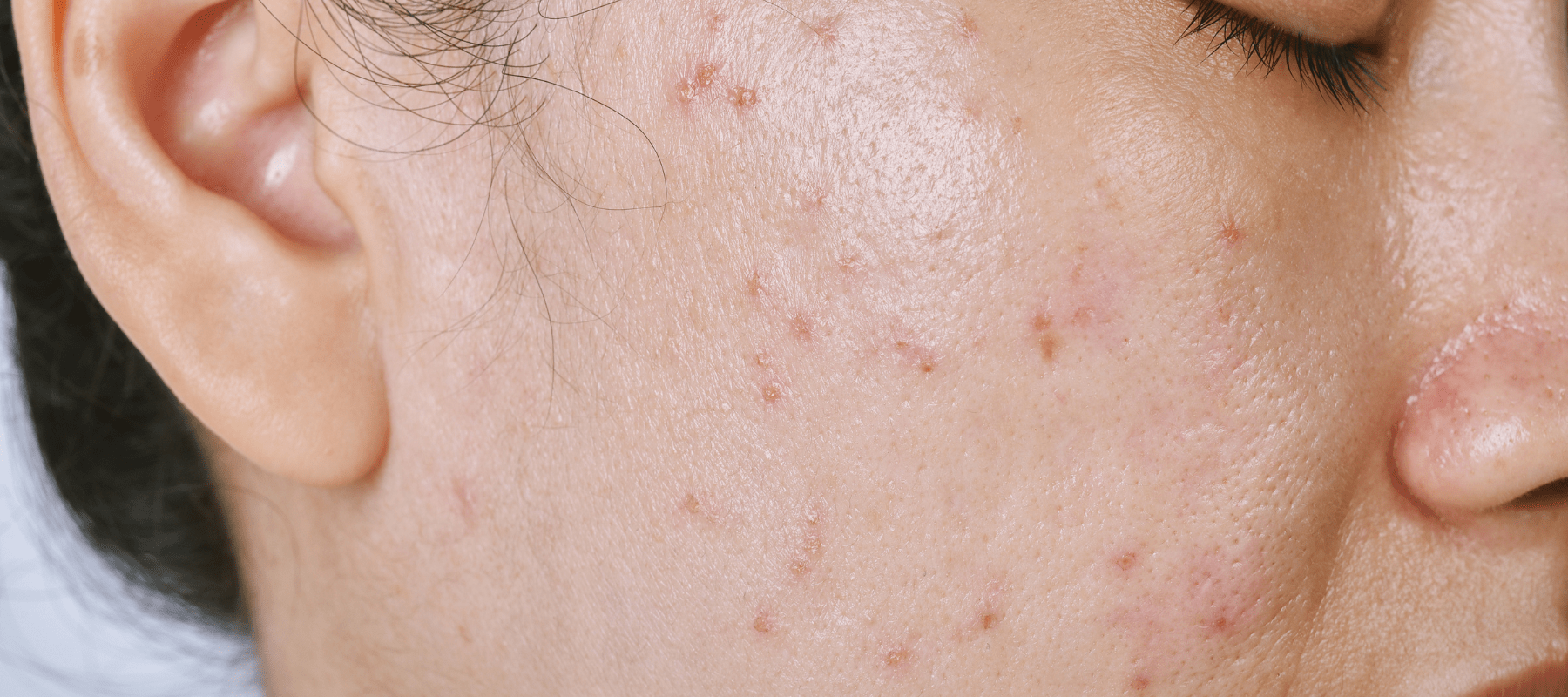
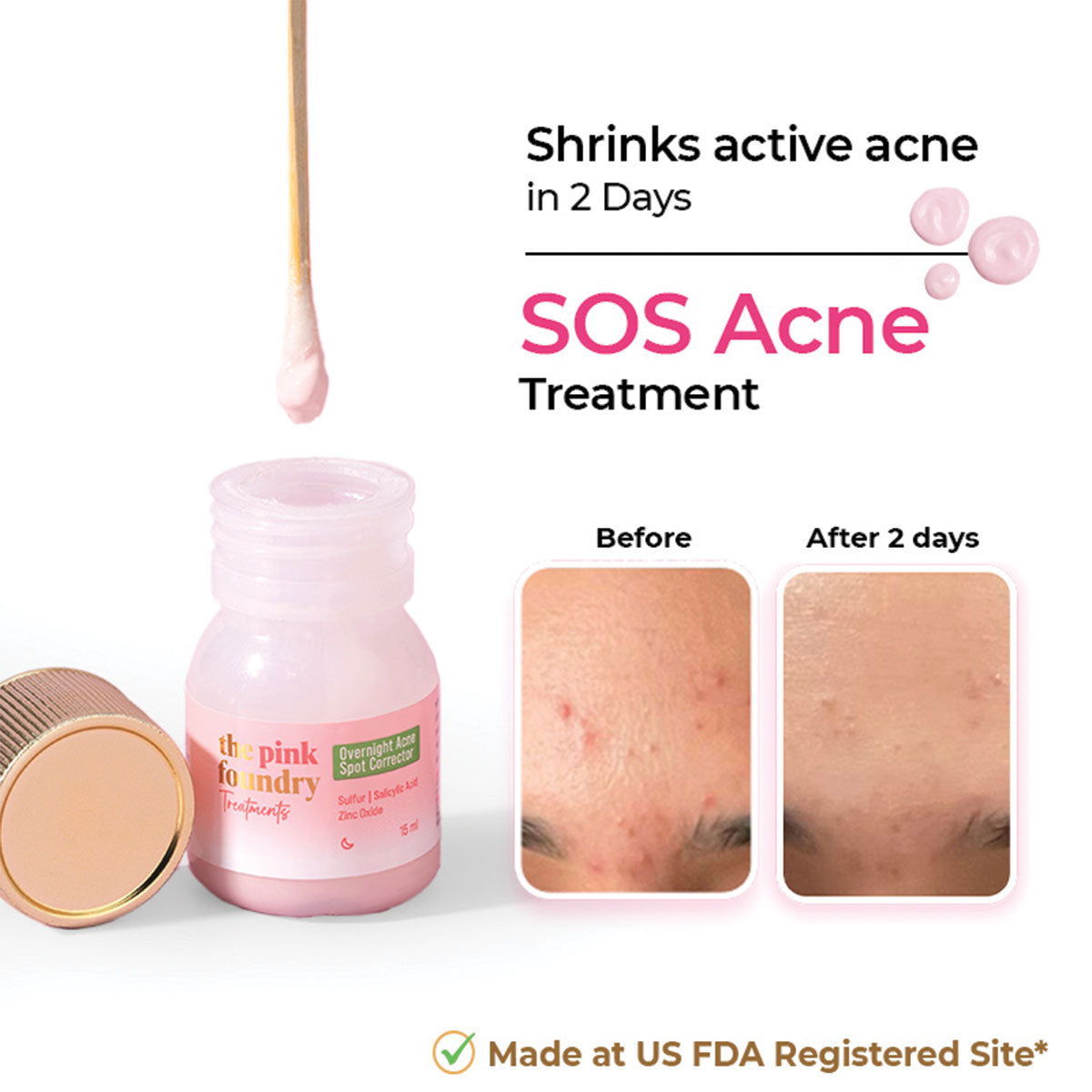
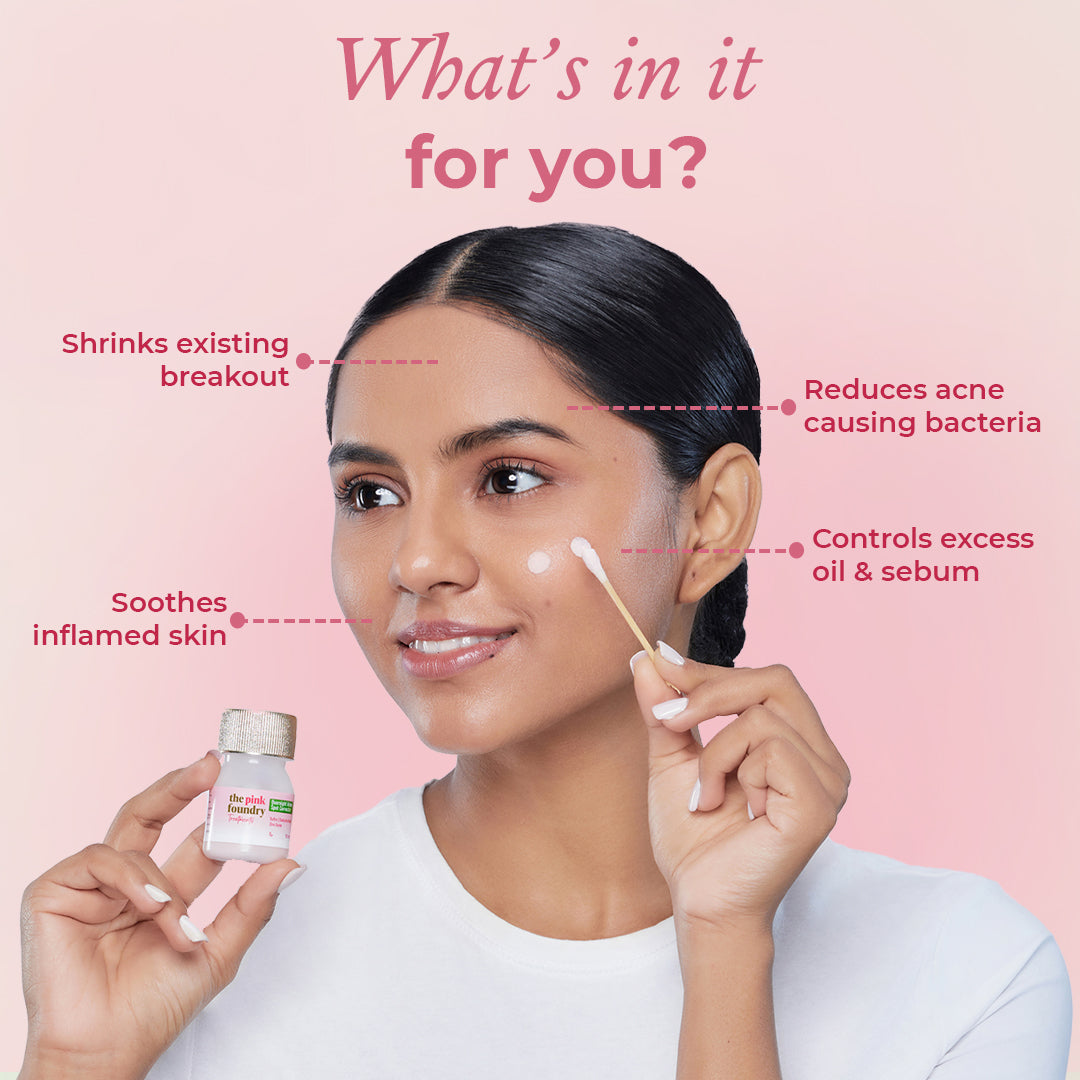
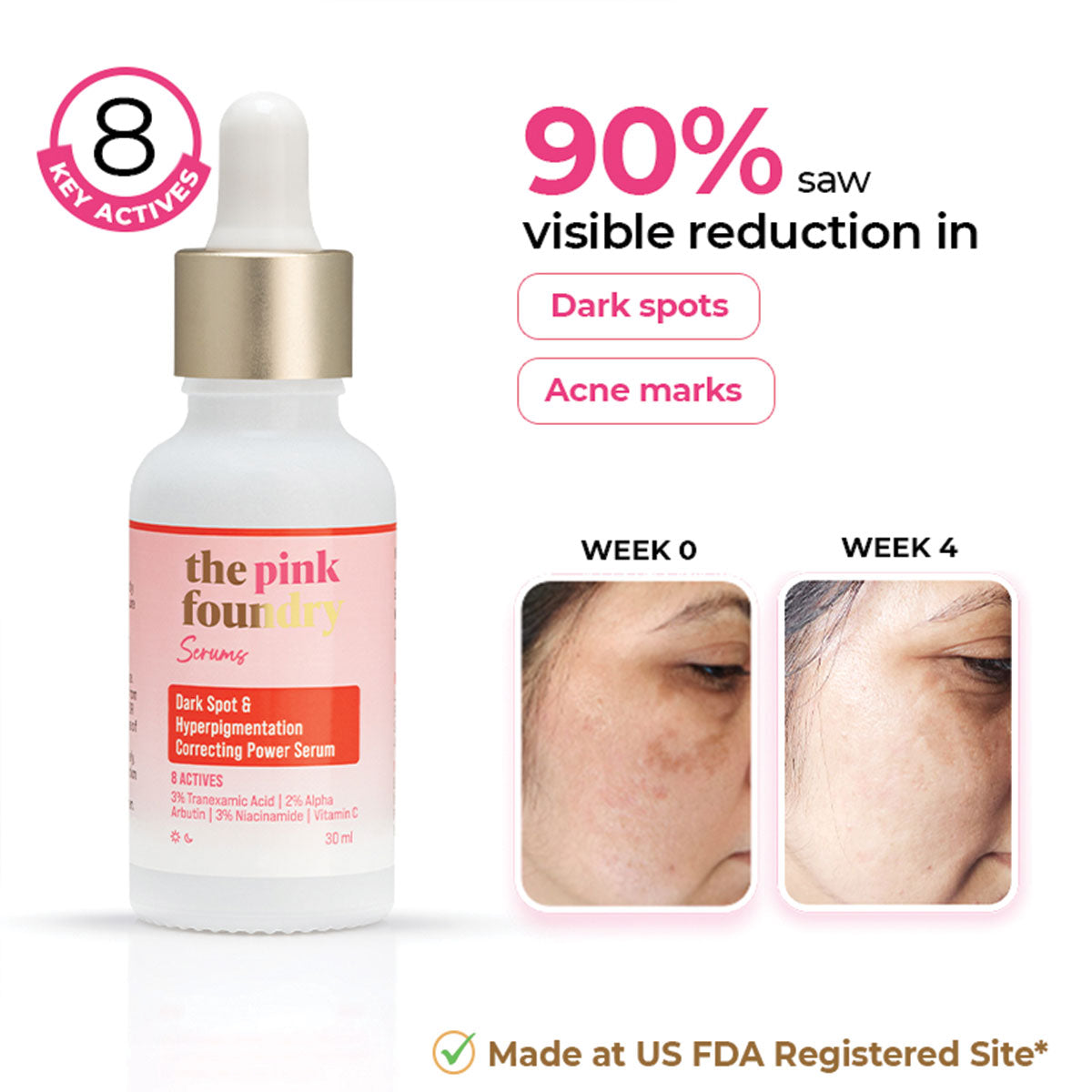
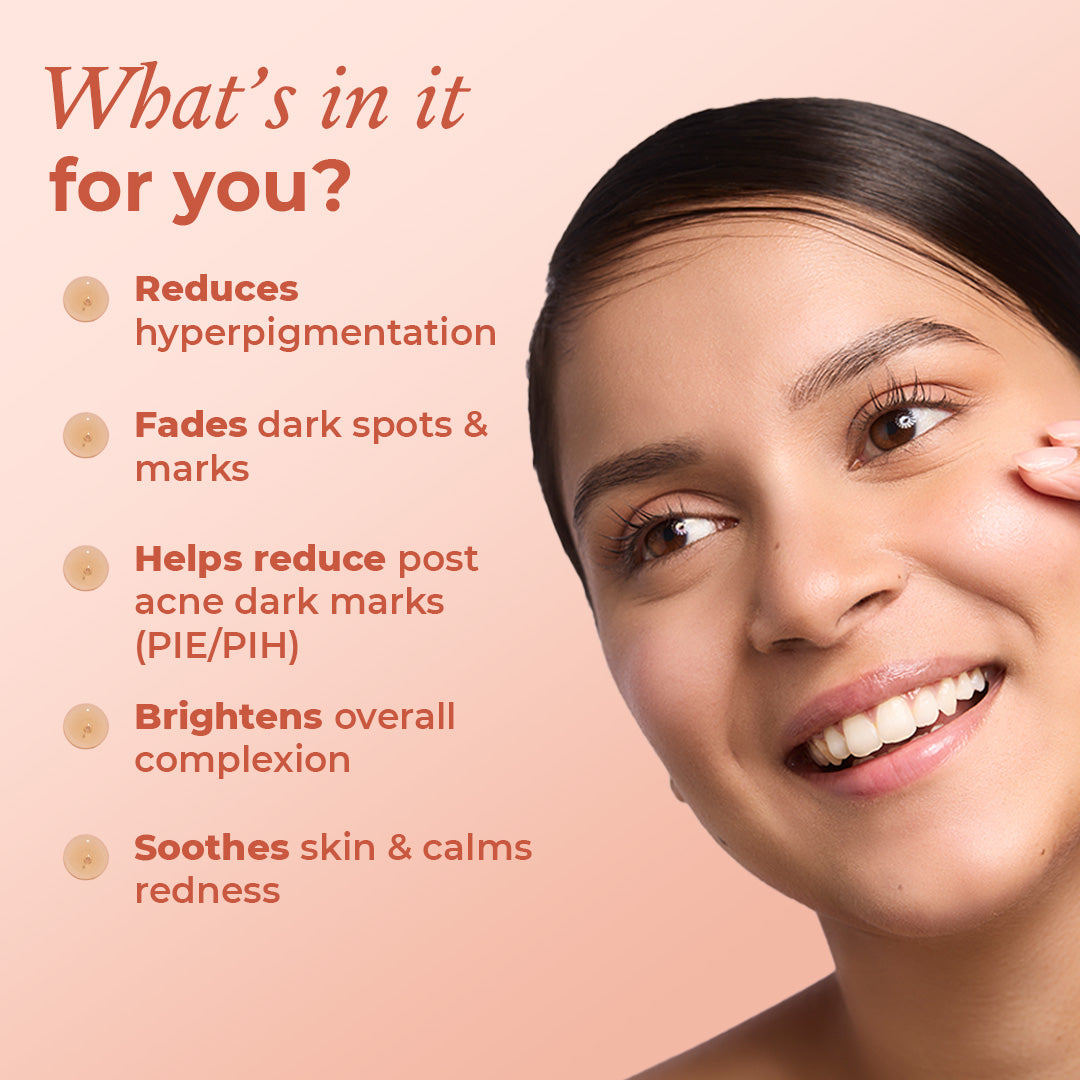
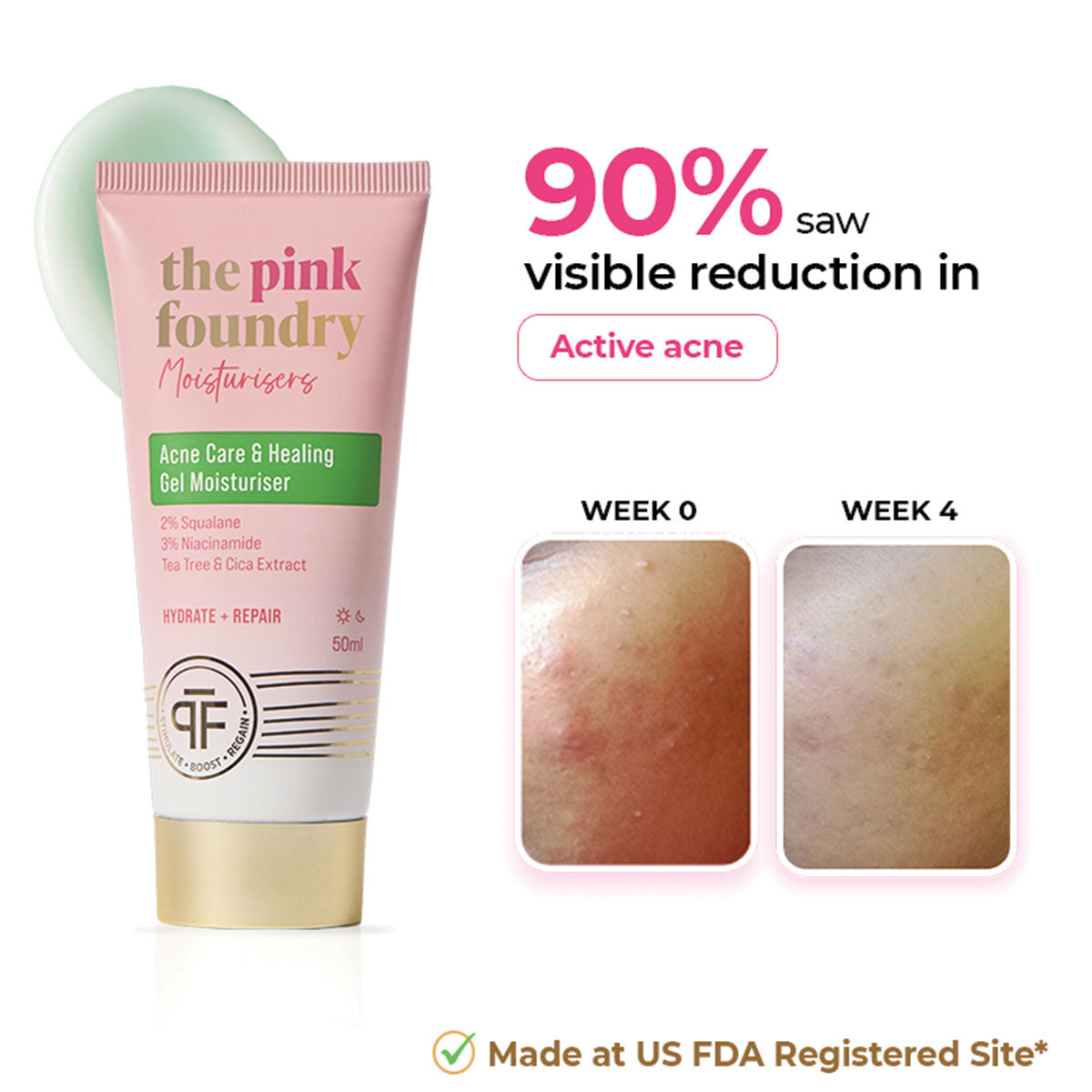
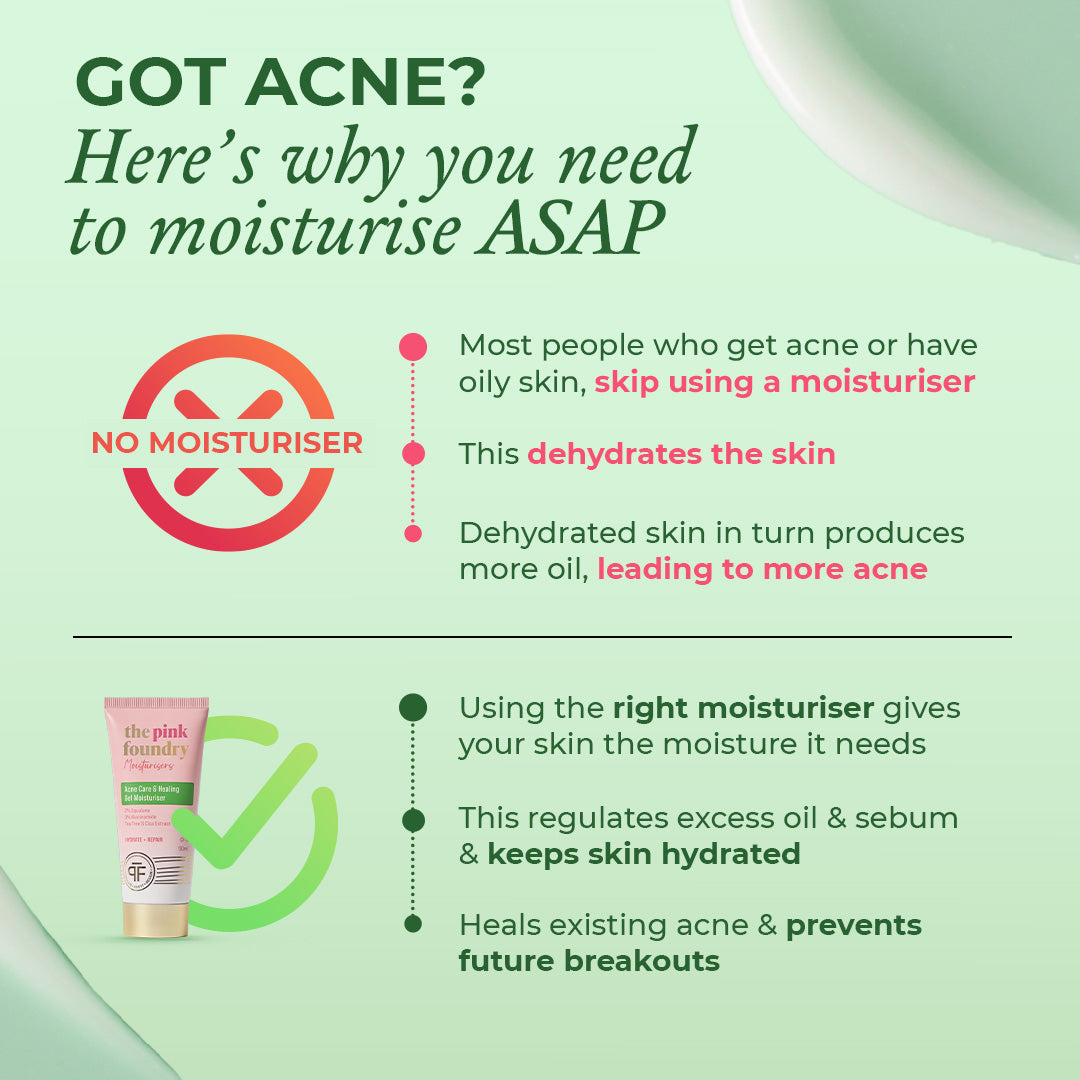
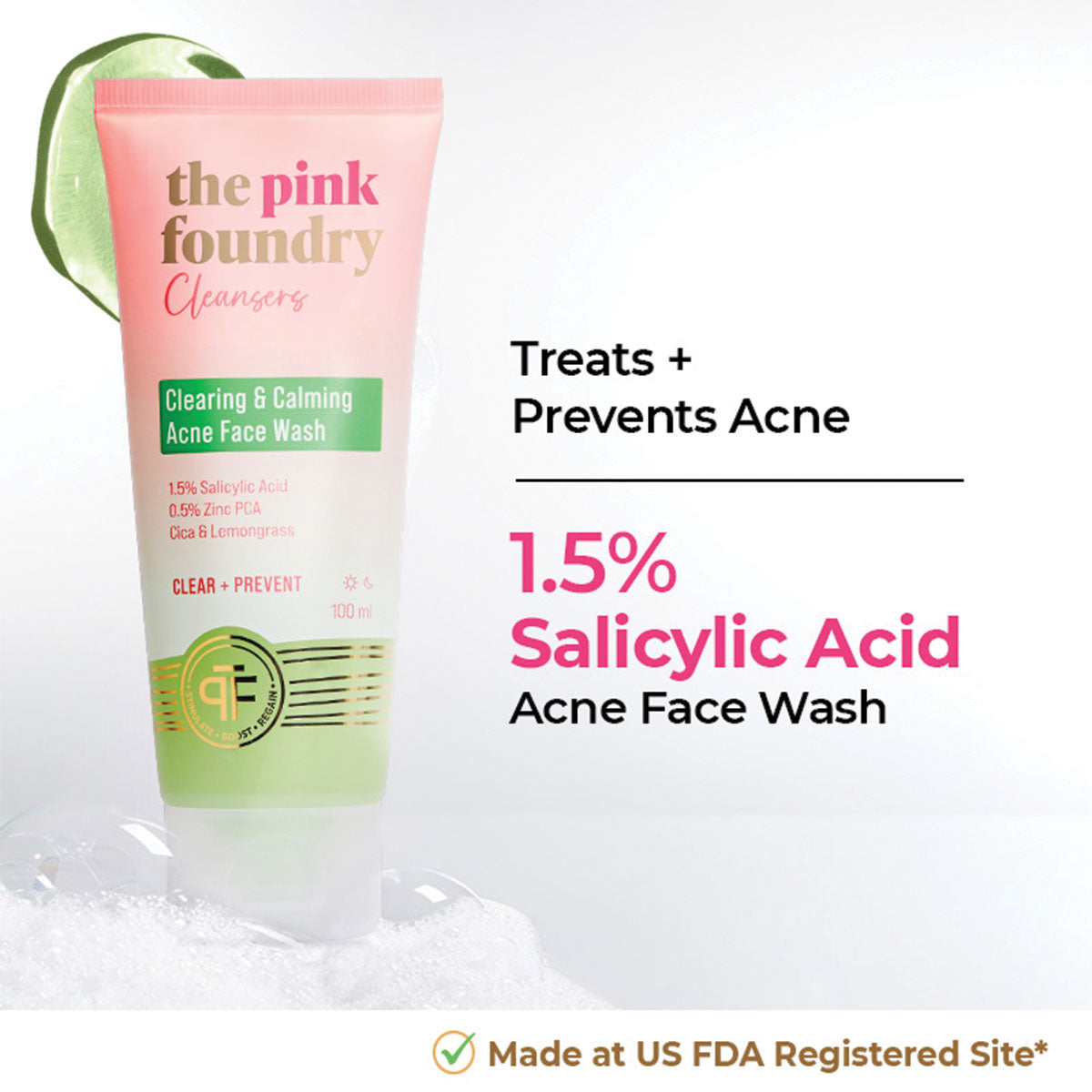
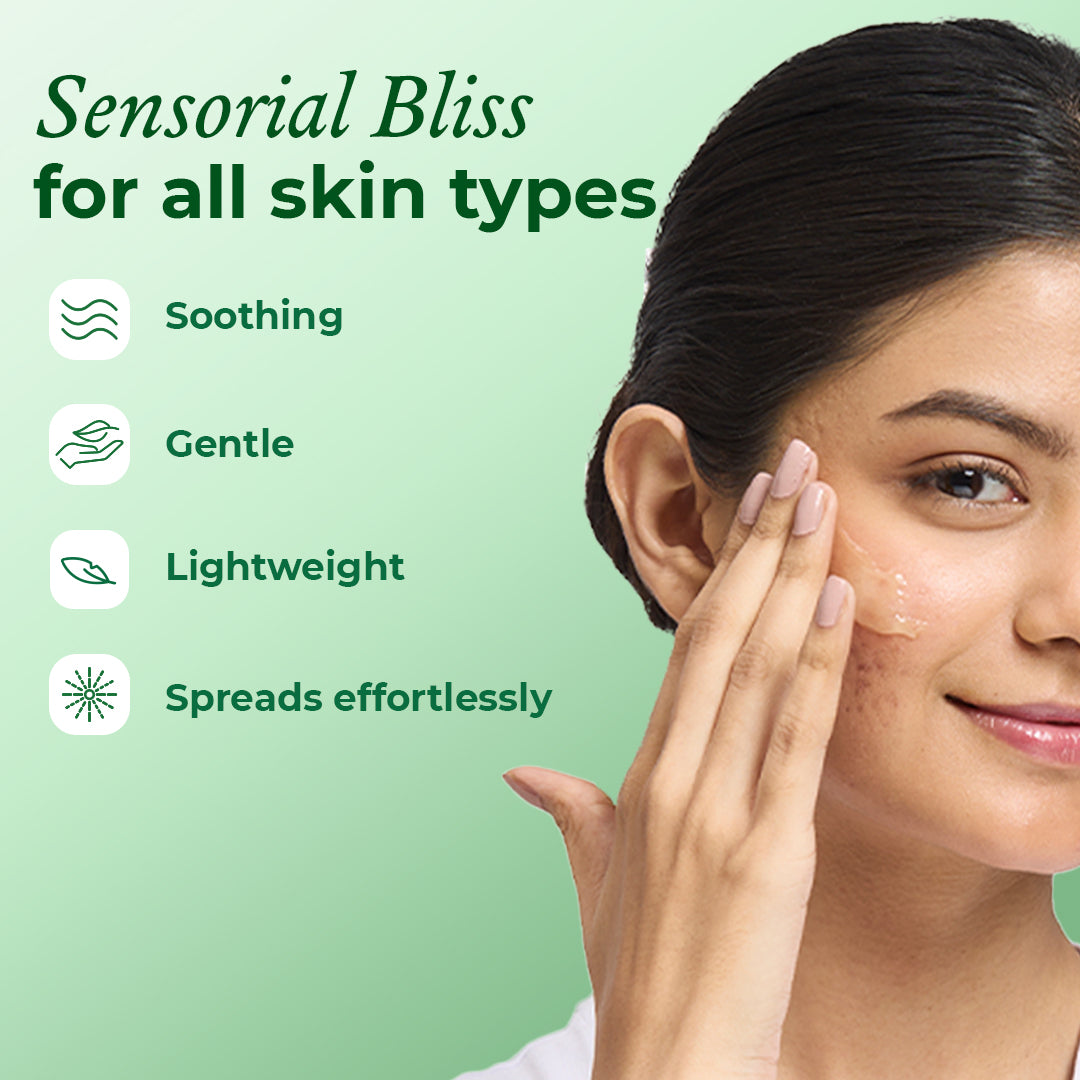
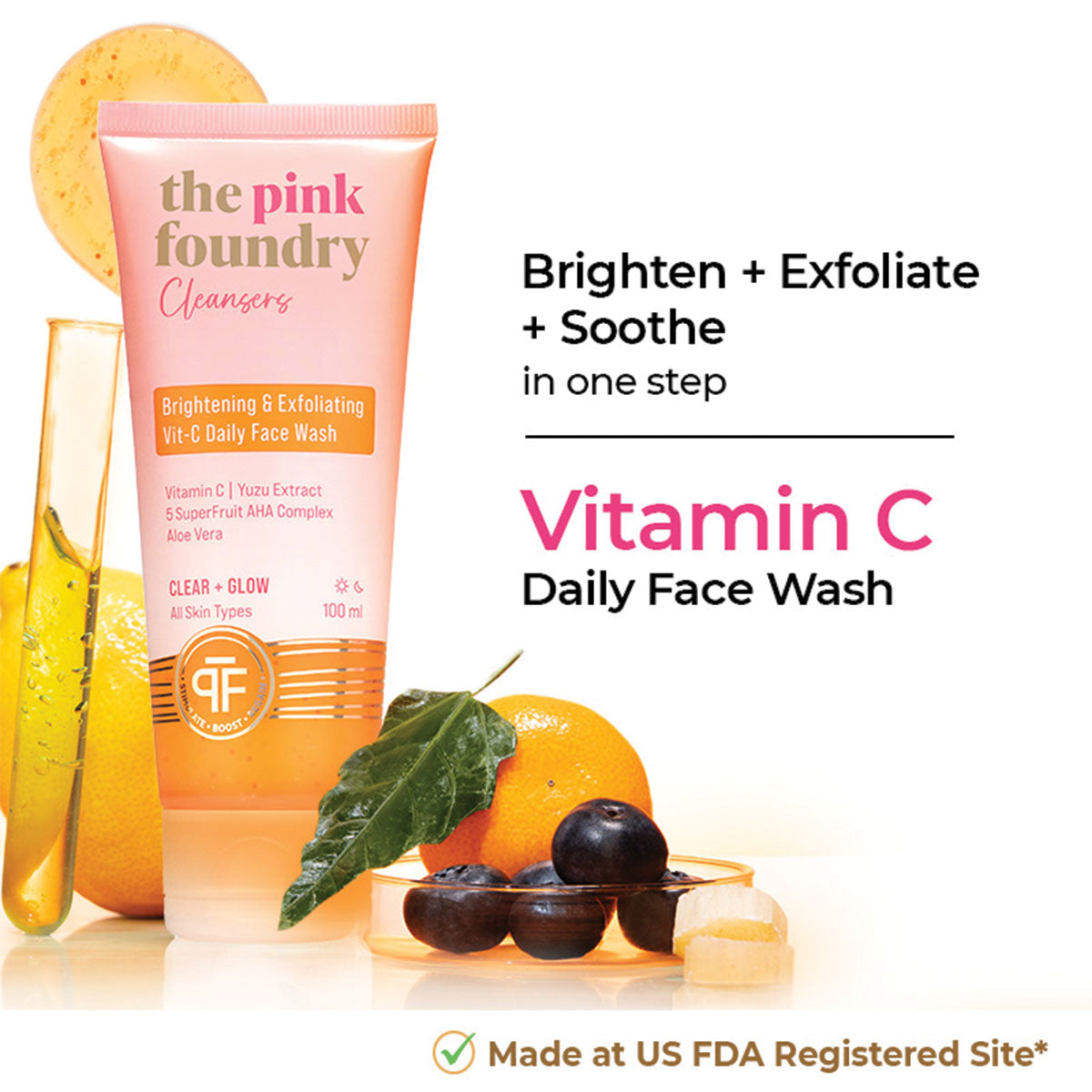
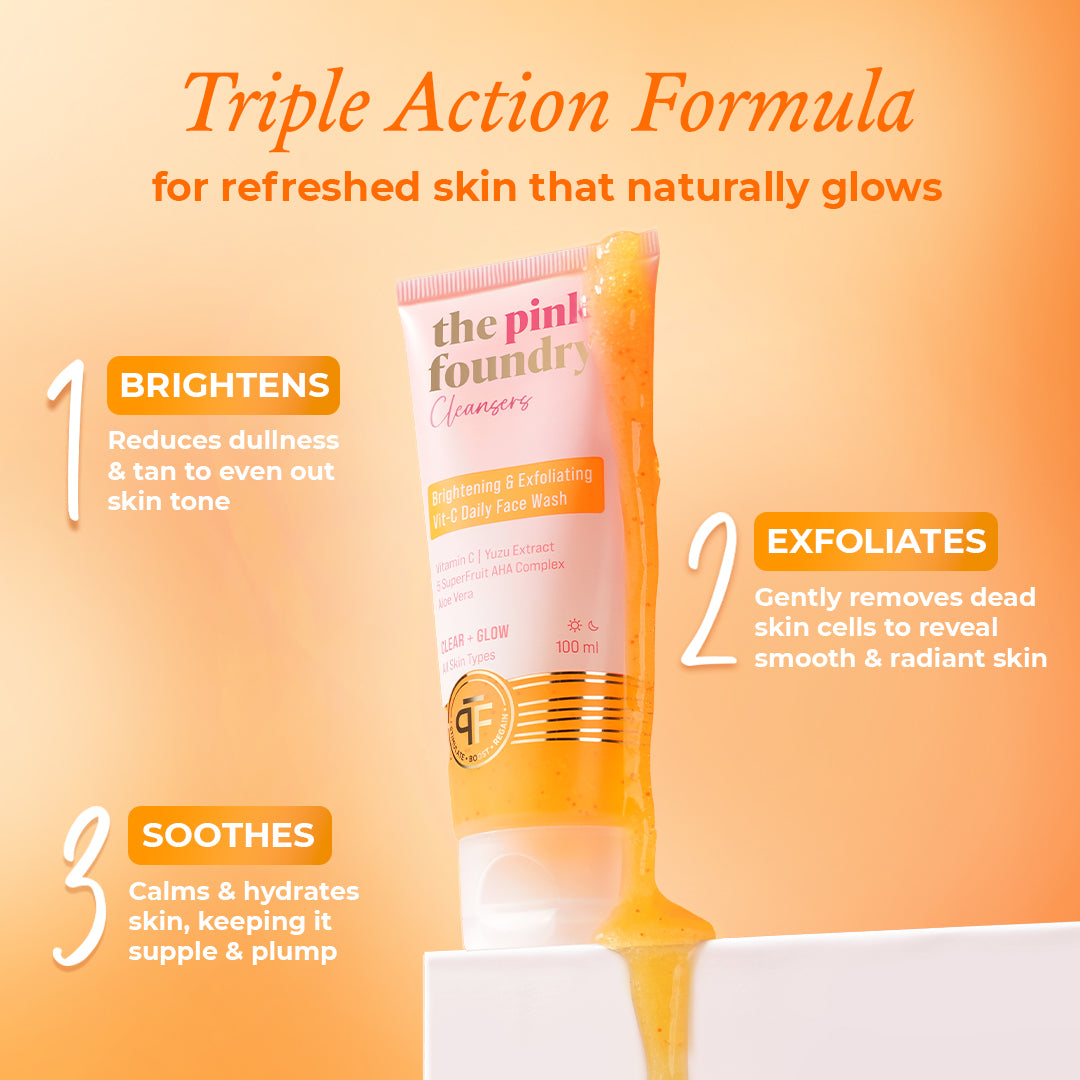

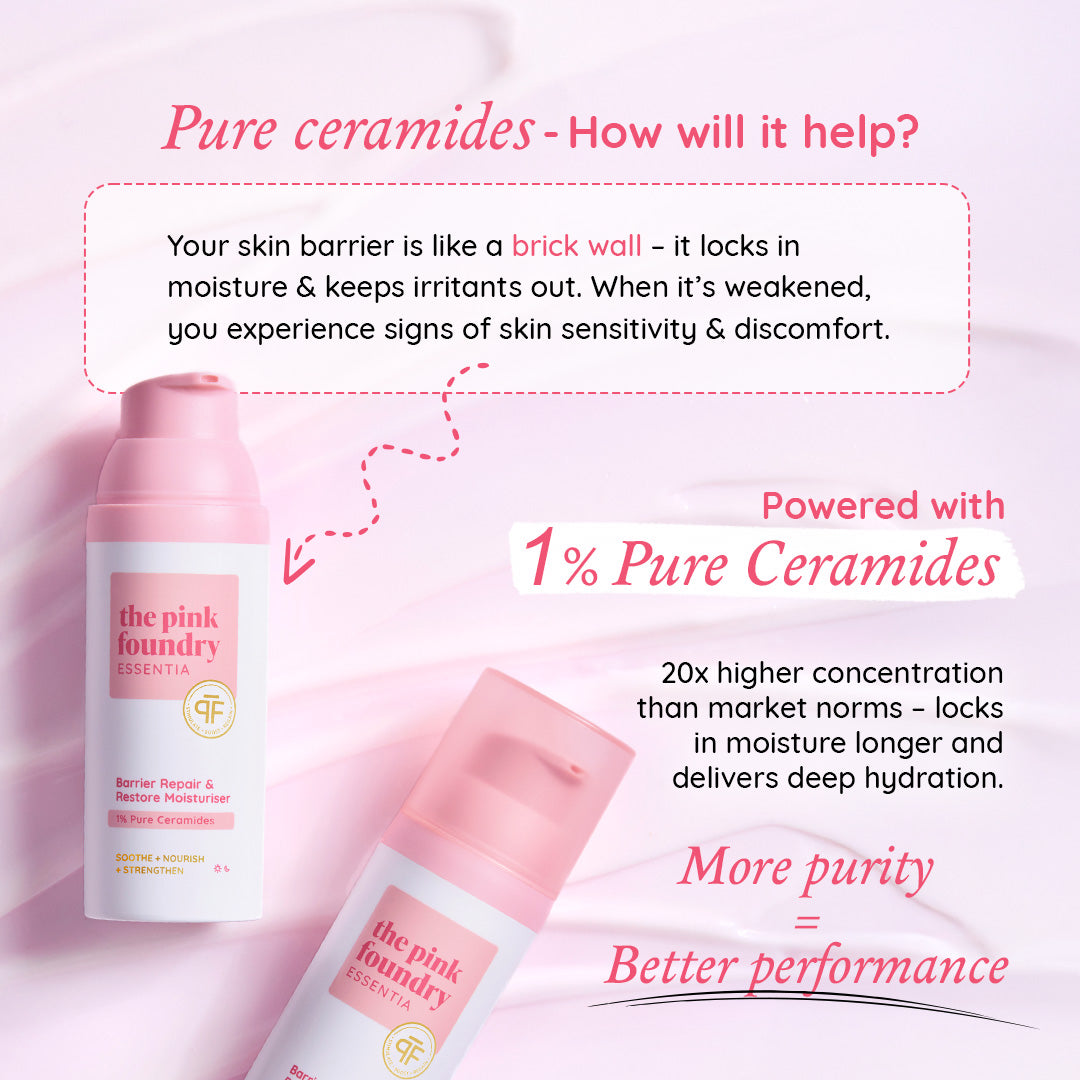




Leave a comment
This site is protected by hCaptcha and the hCaptcha Privacy Policy and Terms of Service apply.